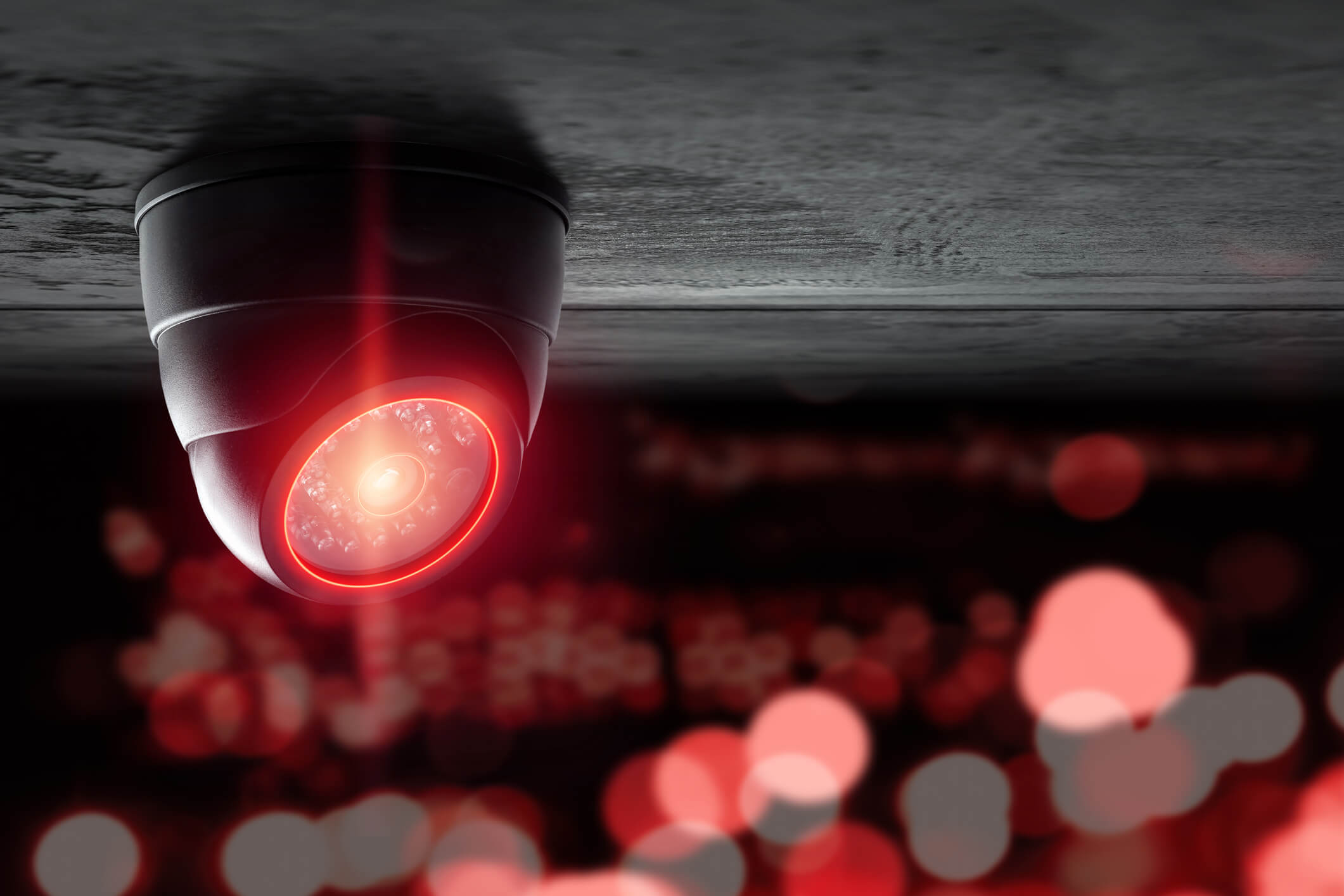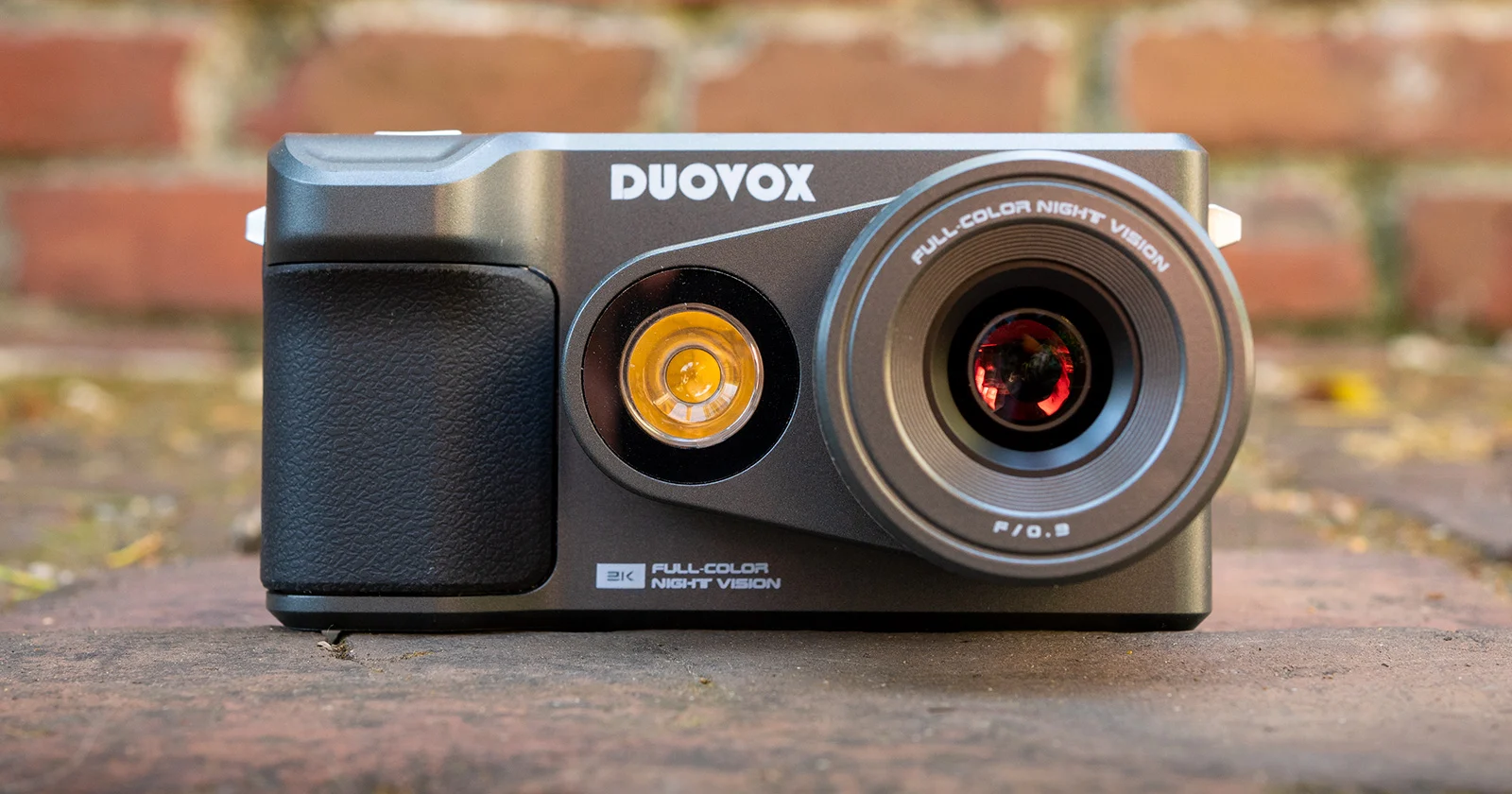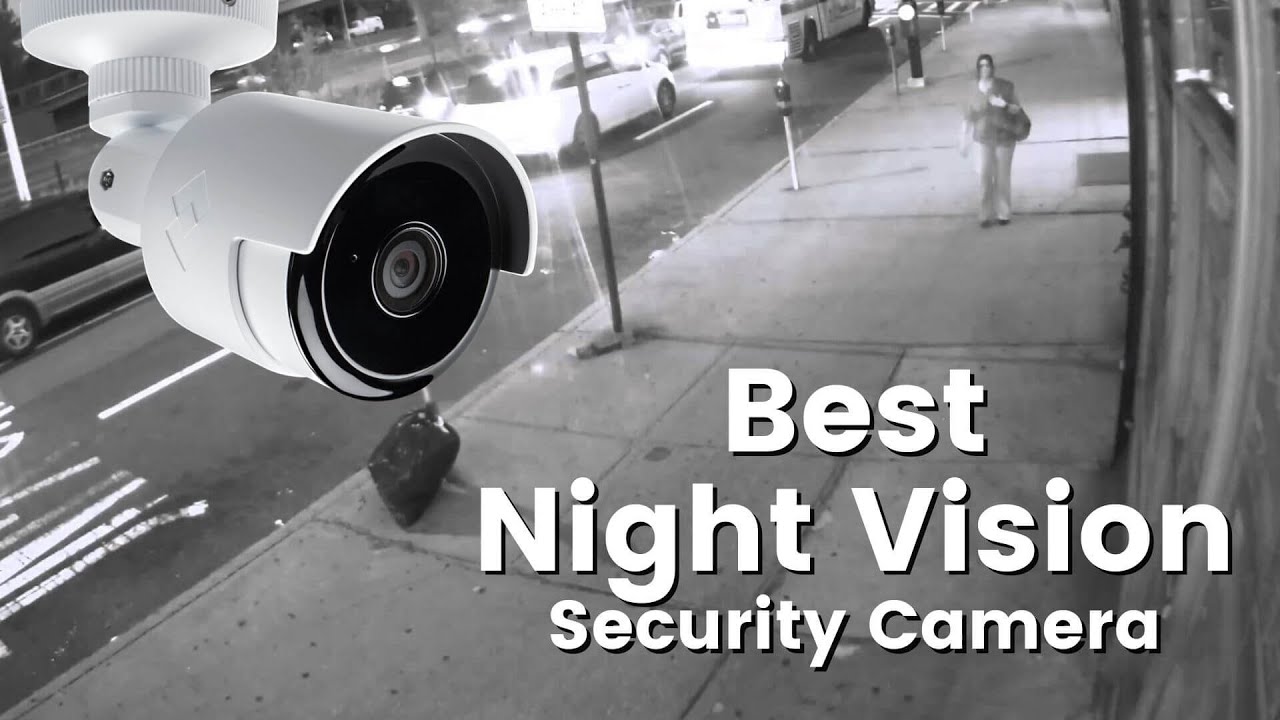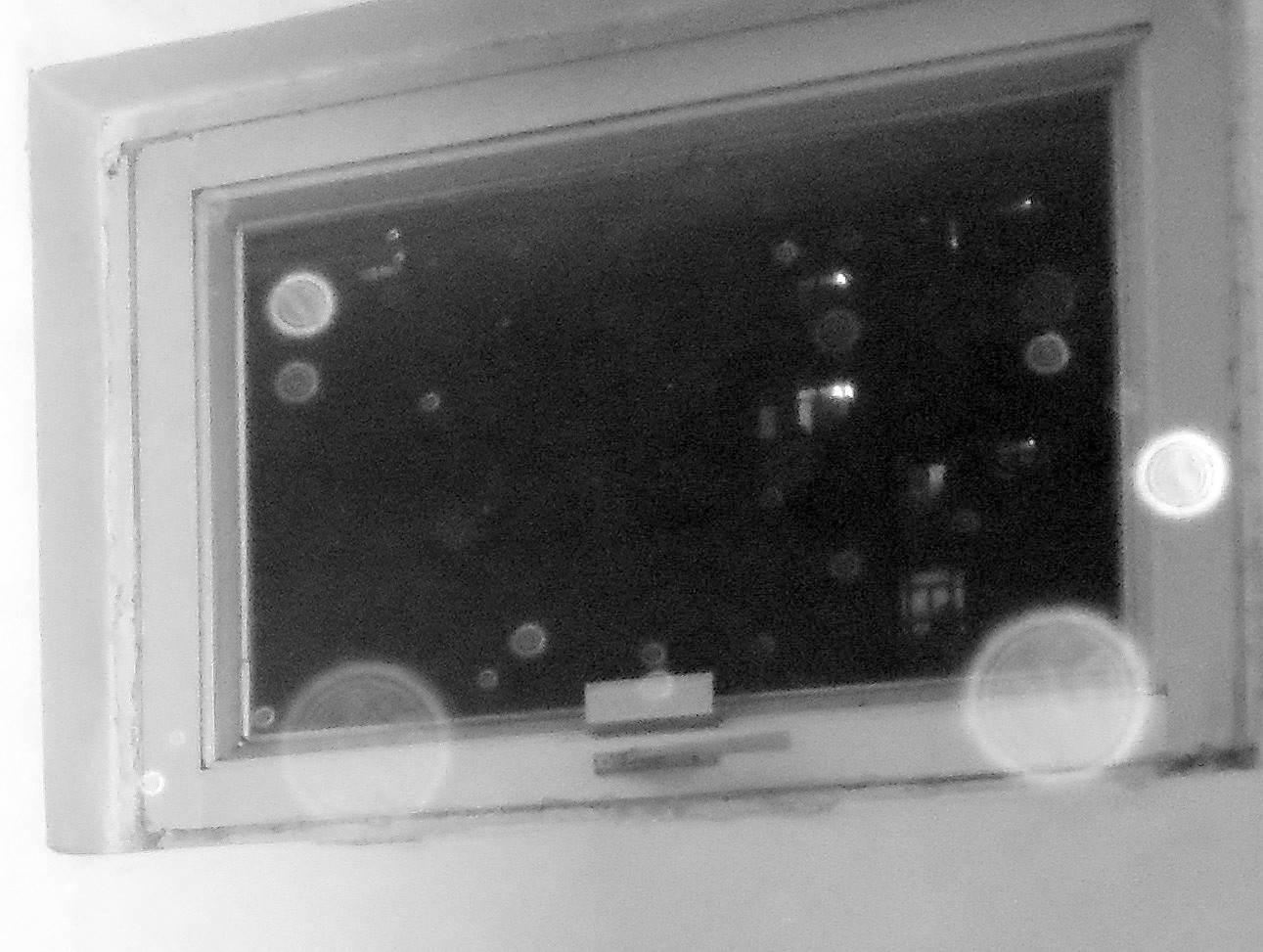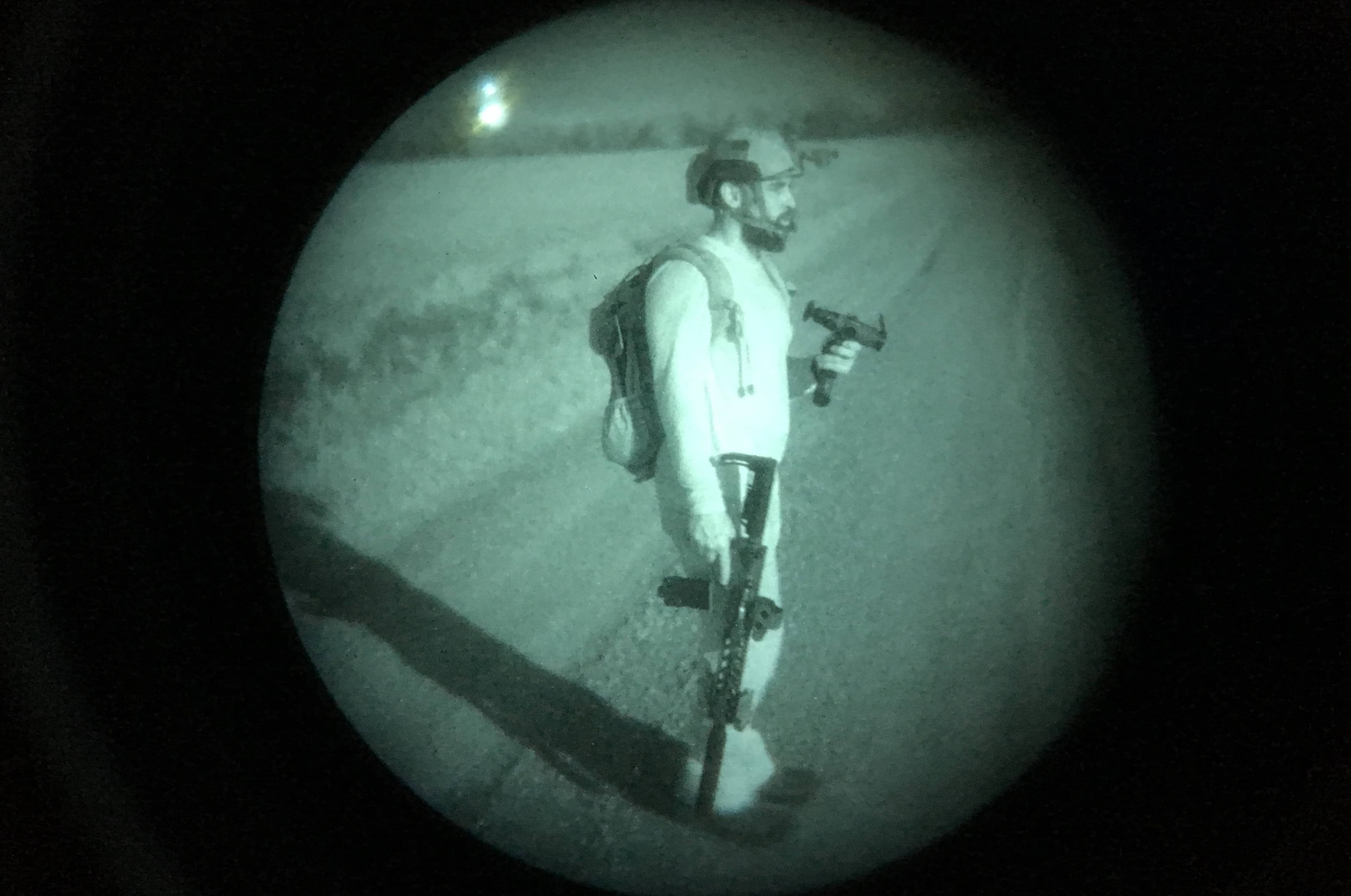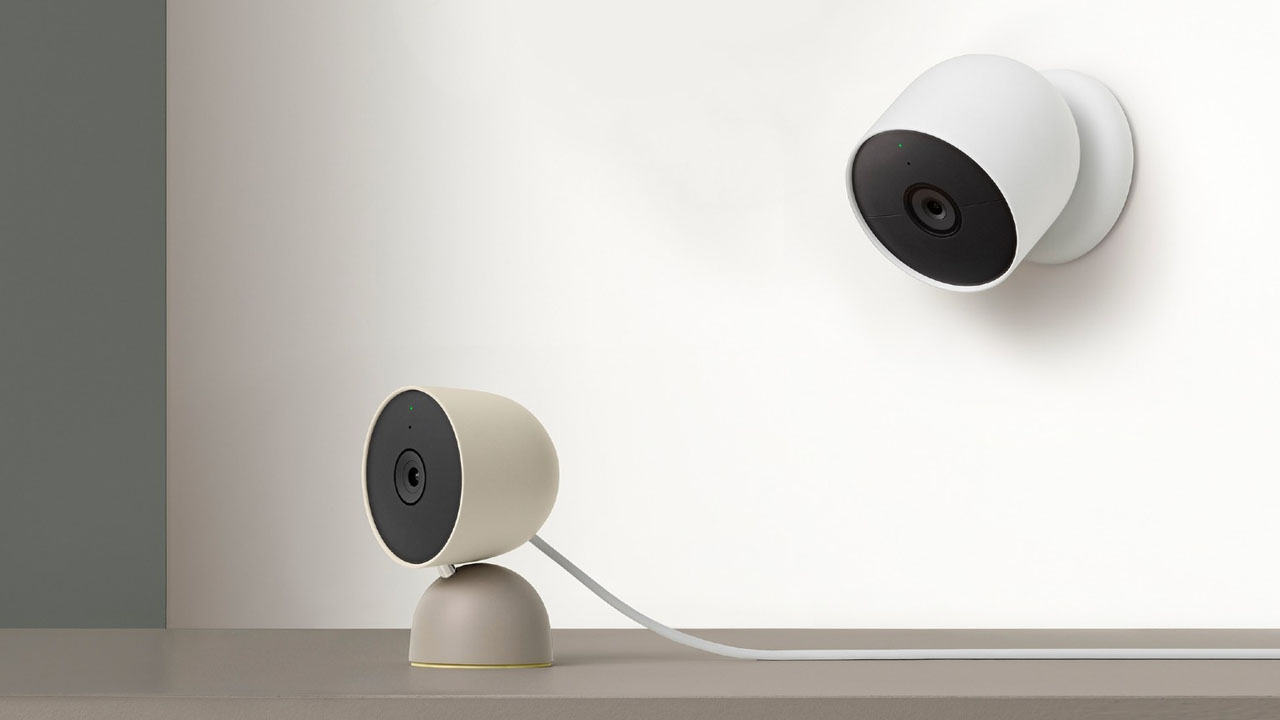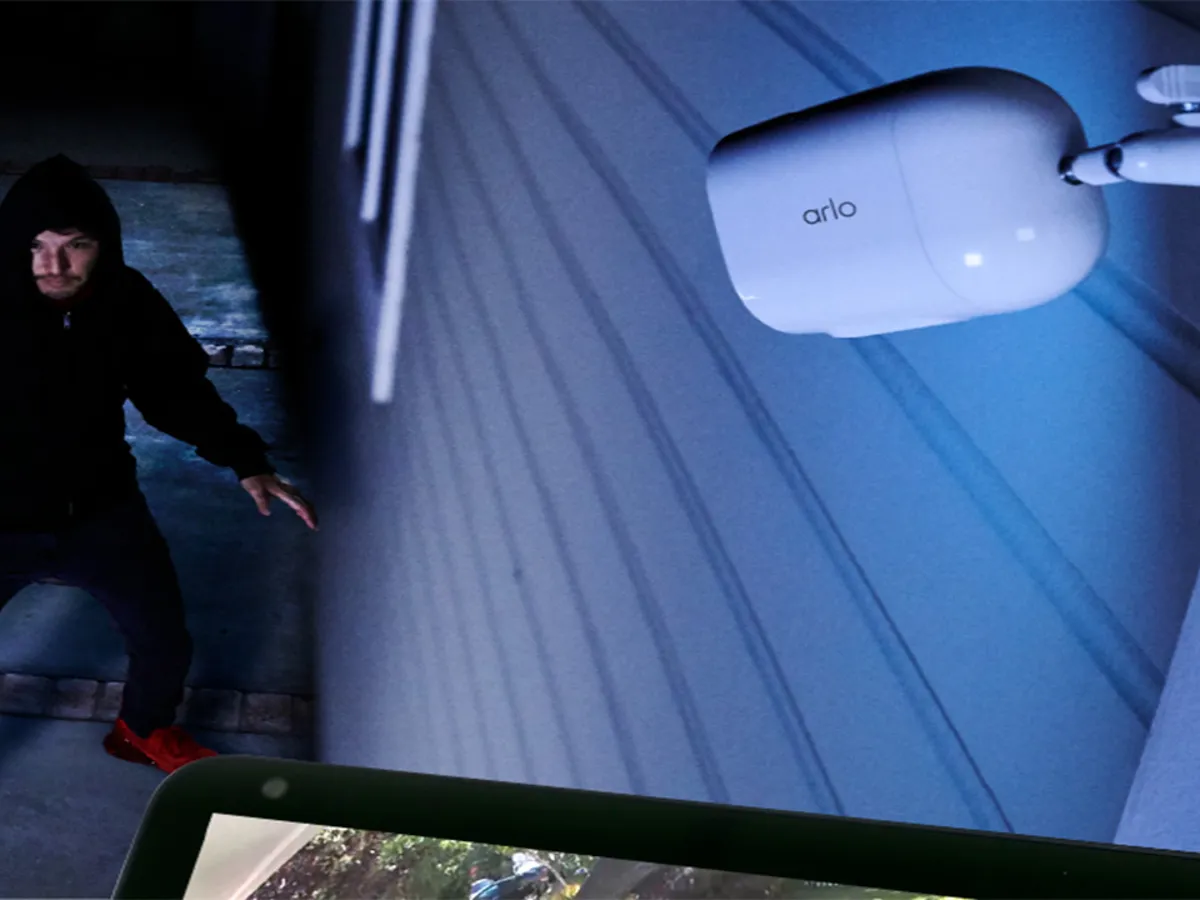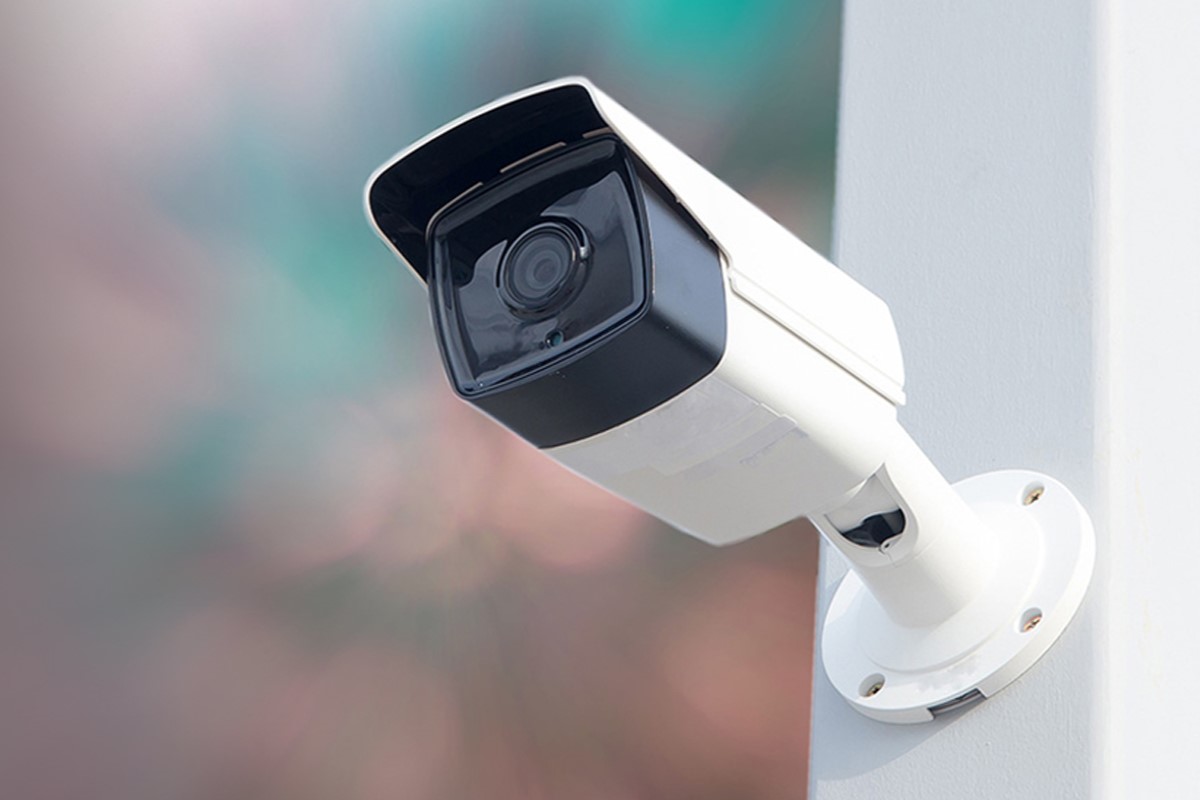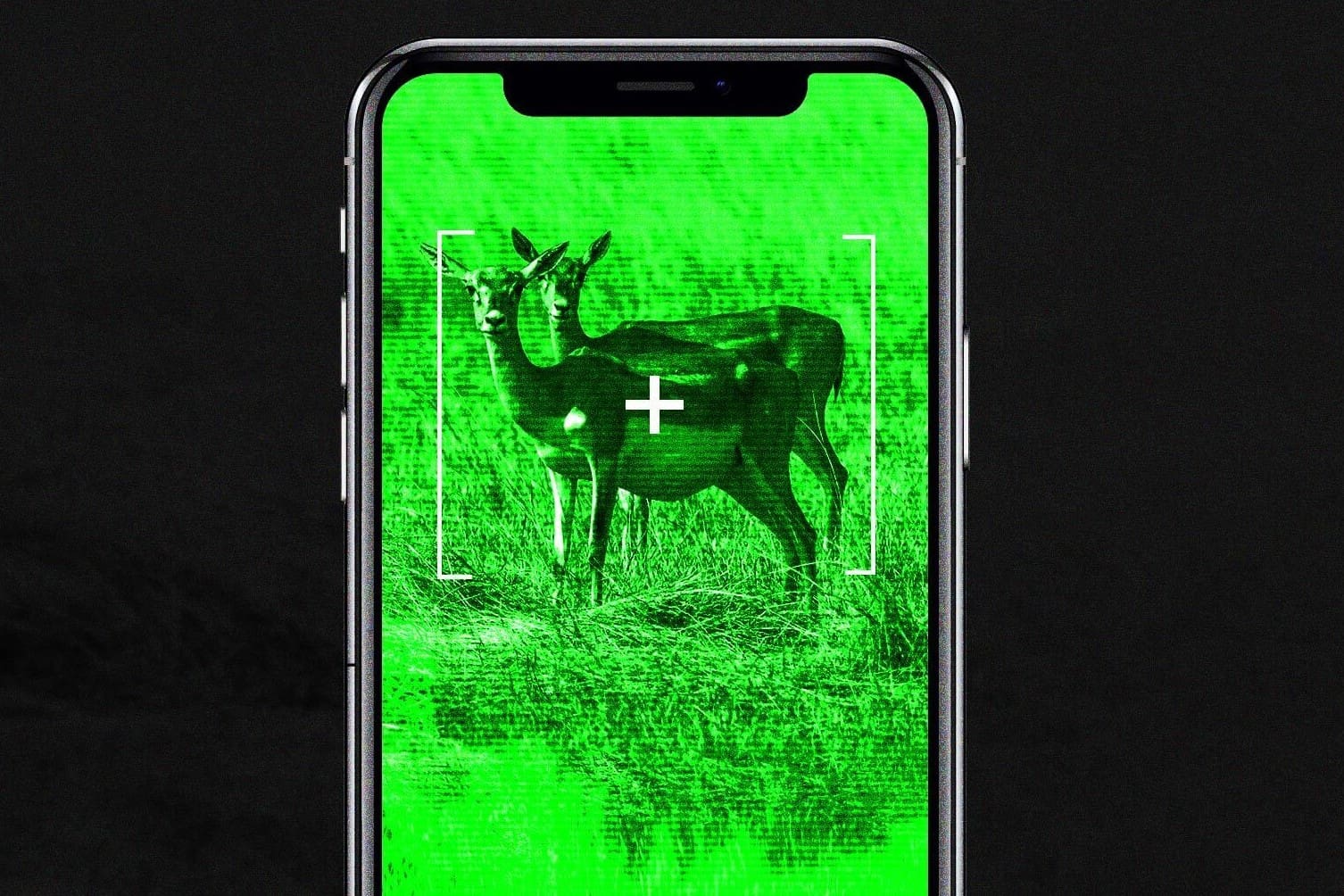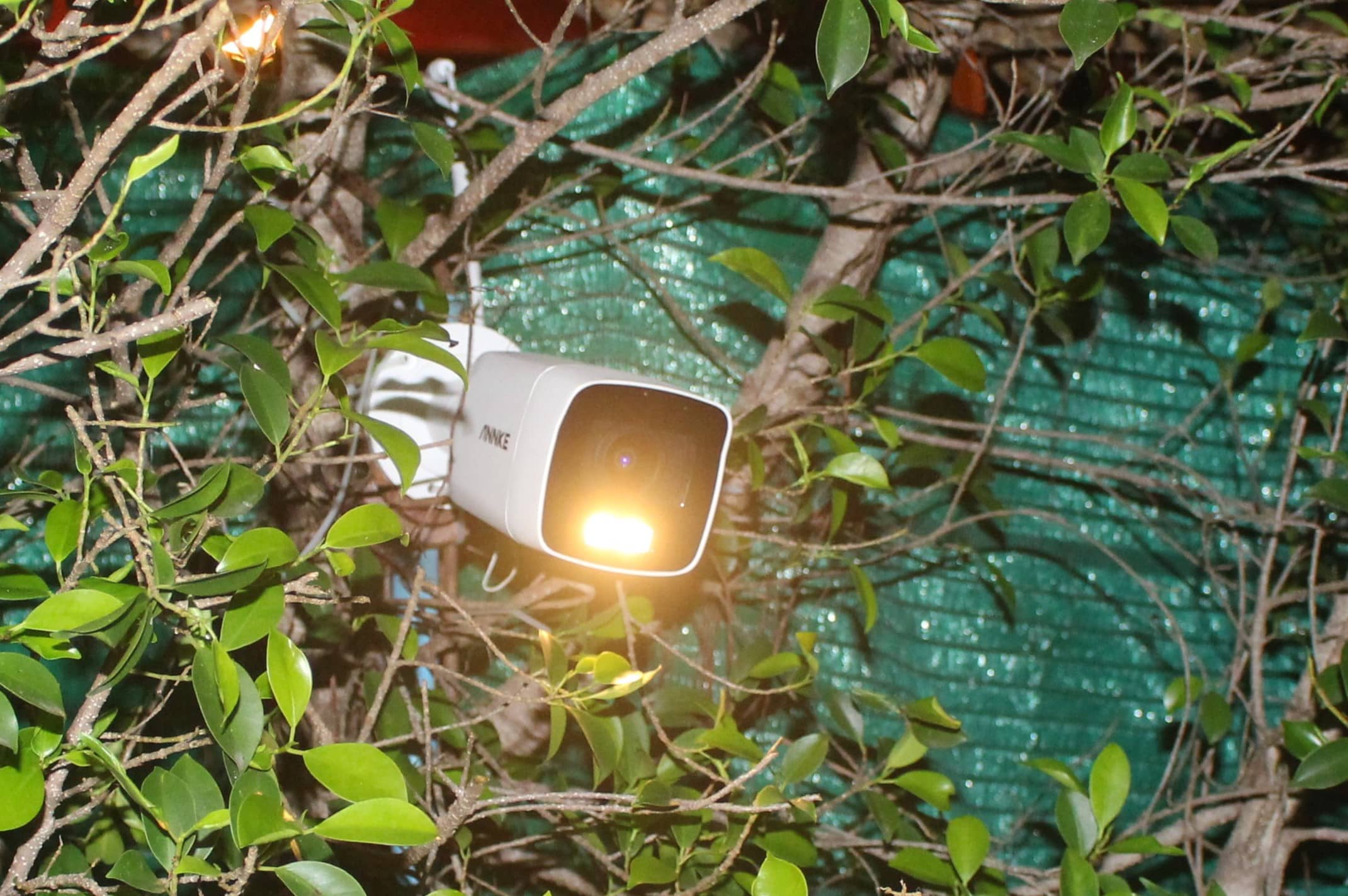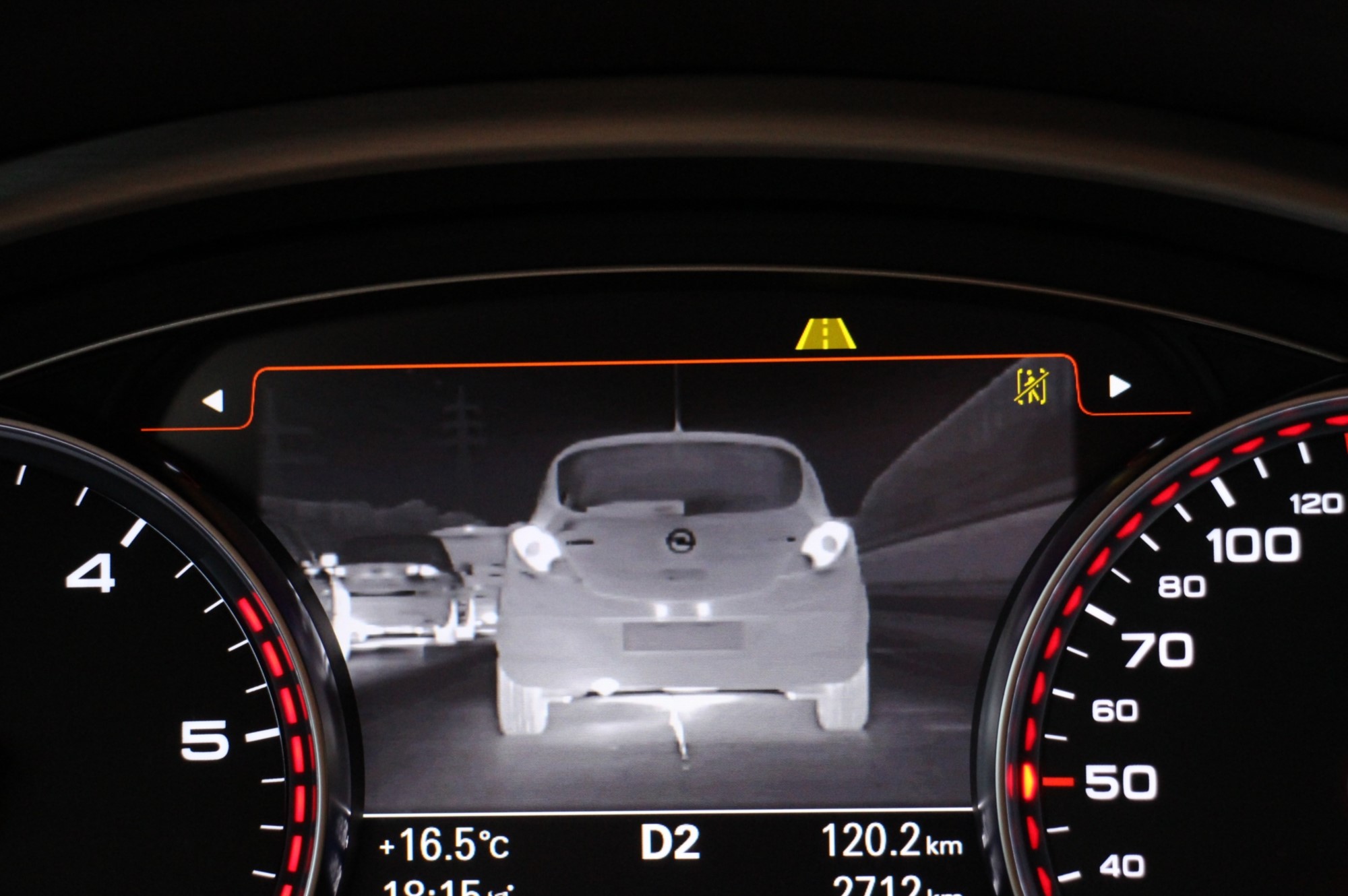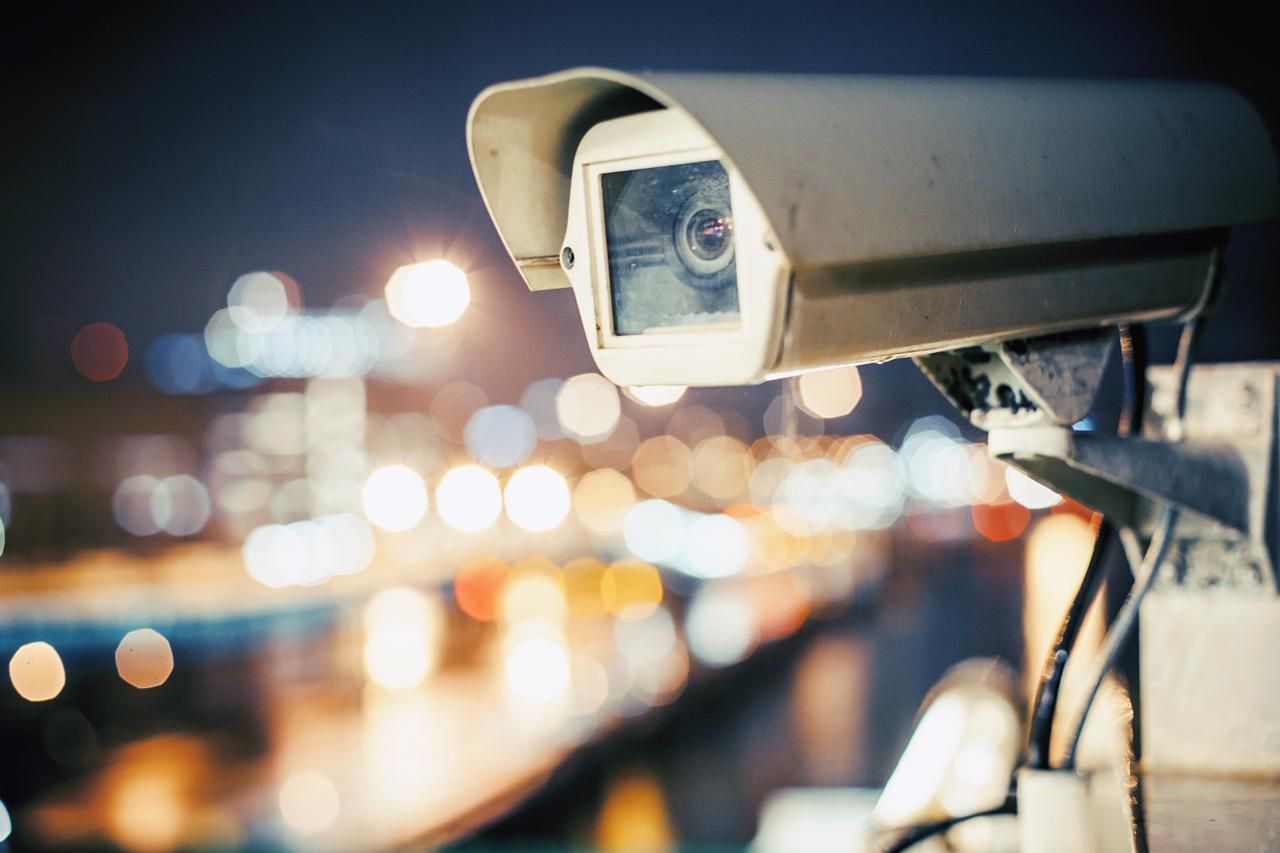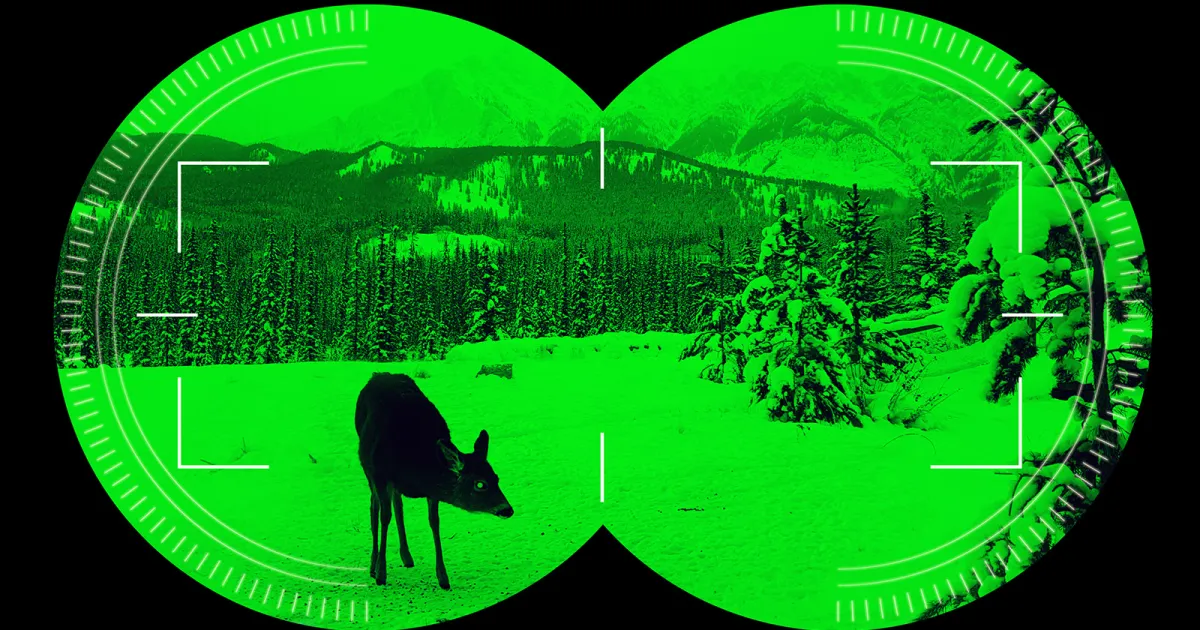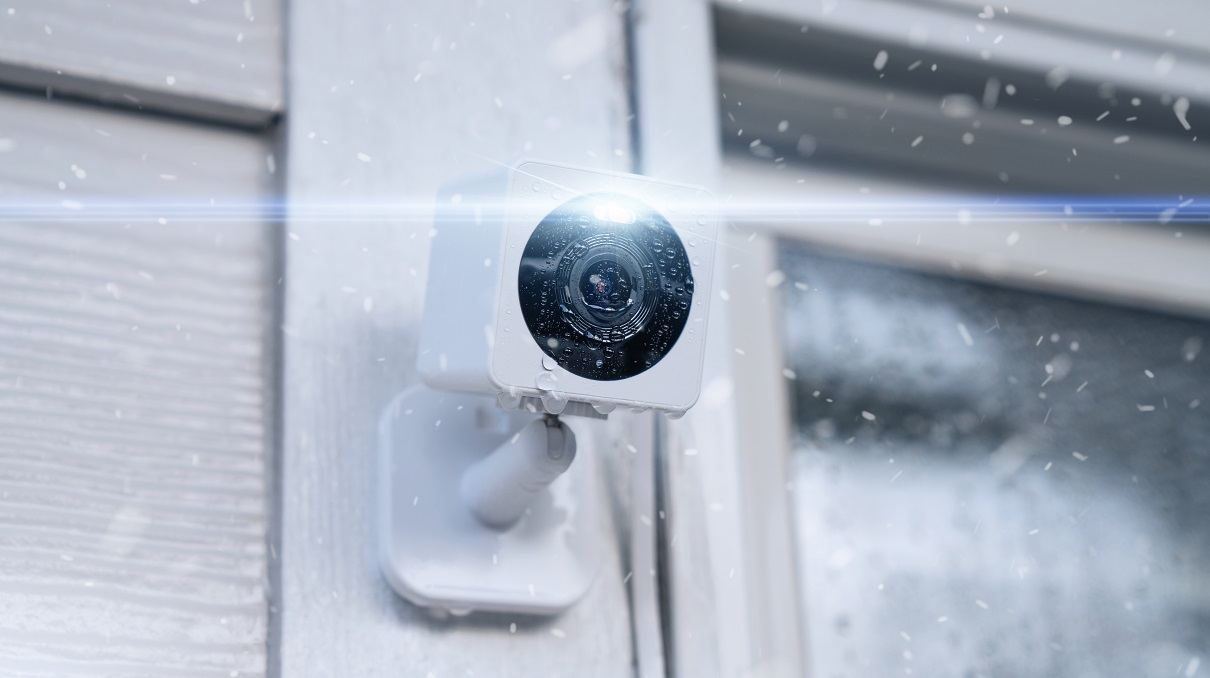Home>Home Security and Surveillance>What Lux Is Best For A Night Vision Camera
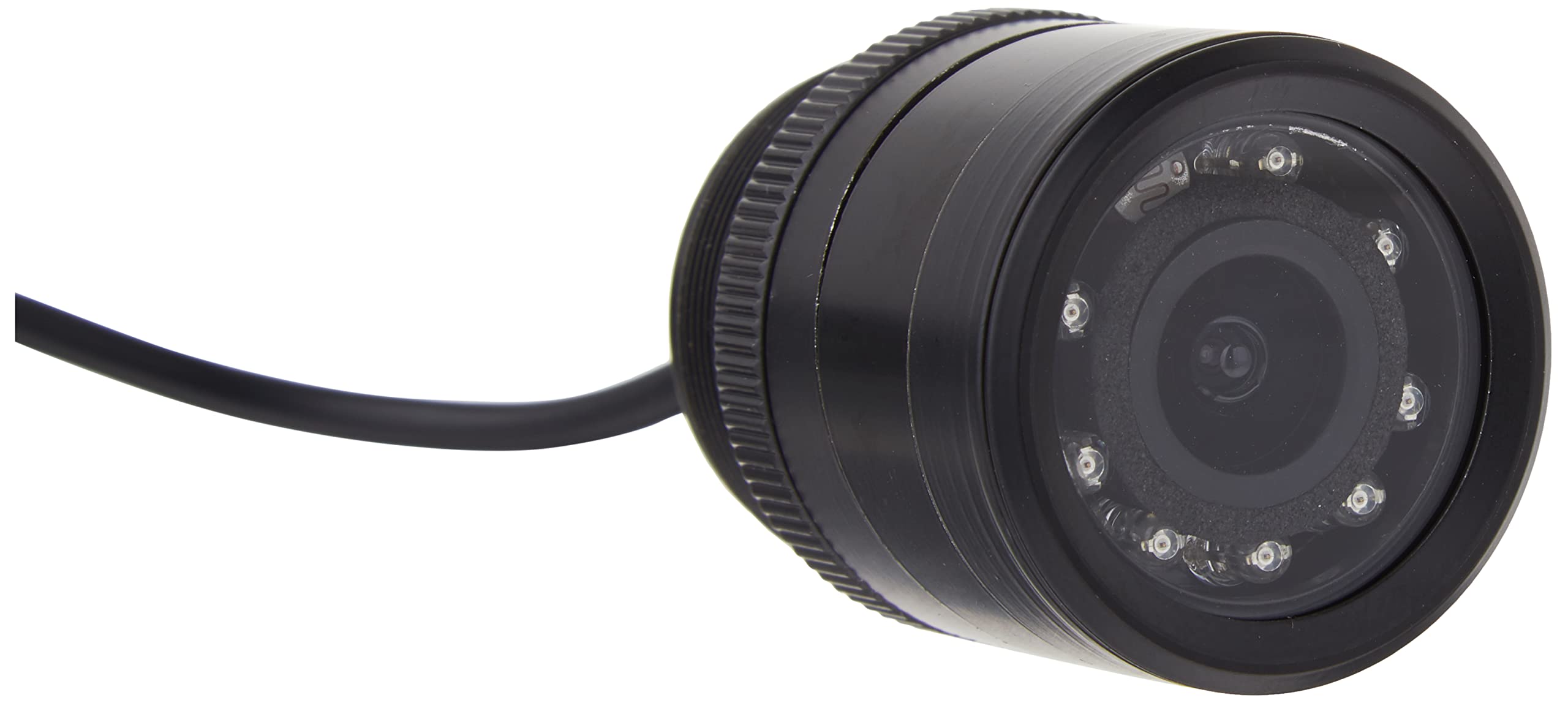

Home Security and Surveillance
What Lux Is Best For A Night Vision Camera
Modified: March 7, 2024
Find the best lux level for your night vision camera with our home security and surveillance guide. Enhance your nighttime surveillance capabilities with the right lux rating.
(Many of the links in this article redirect to a specific reviewed product. Your purchase of these products through affiliate links helps to generate commission for Storables.com, at no extra cost. Learn more)
Introduction
Welcome to the fascinating world of home security and surveillance. In an era where security concerns are increasing, it has become essential for homeowners to invest in efficient security measures. One of the most popular and effective options on the market is the night vision camera.
Night vision cameras have revolutionized the way we monitor and protect our homes. They provide clear and detailed footage even in low-light or complete darkness, giving homeowners a sense of security and peace of mind. However, not all night vision cameras are created equal, and understanding the concept of lux is crucial when choosing the best one for your needs.
In this article, we will delve into the world of night vision cameras and explore the importance of lux in achieving optimal performance. Lux refers to the level of illumination needed for a camera to capture high-quality images in low-light conditions. By understanding the significance of lux, you will be equipped with the knowledge to make an informed decision when selecting a night vision camera for your home.
Before we delve into the details of lux and its role in night vision cameras, let’s take a moment to understand how these cameras work to provide exceptional security and surveillance capabilities.
Key Takeaways:
- Lux is crucial for night vision cameras, as it determines their ability to capture clear images in low-light conditions. Understanding lux helps homeowners choose the right camera for their specific surveillance needs.
- Factors such as environment, application, distance, and image quality influence the ideal lux rating for a night vision camera. Considering these factors ensures optimal performance in different surveillance scenarios.
Understanding Night Vision Cameras
Night vision cameras are a type of surveillance device that uses advanced technology to capture images and videos in low-light or completely dark conditions. These cameras are equipped with infrared (IR) sensors or LED lights that emit infrared light, which is invisible to the human eye but can be detected by the camera.
When ambient light levels are low, the night vision camera activates the IR sensors or LED lights, illuminating the area with infrared light. This illumination allows the camera to capture clear and detailed footage, even in complete darkness.
There are three main types of night vision technologies used in cameras:
- Image Intensification: This technology amplifies the existing light in the environment to produce a visible image. It is commonly used in night vision goggles and devices.
- Thermal Imaging: Thermal imaging cameras detect the heat signatures emitted by objects in the environment. They do not rely on ambient light but rather on the variations in temperature to create an image.
- Infrared Illumination: This technology uses infrared LED lights or sensors to illuminate the surroundings, allowing the camera to capture clear footage in the dark.
Among these technologies, infrared illumination is the most common and widely used in night vision cameras for home security applications. It provides reliable and cost-effective night vision capabilities, making it an ideal choice for homeowners.
Now that you have a basic understanding of how night vision cameras work, let’s explore the role of lux in achieving optimal performance.
Importance of Lux in Night Vision Cameras
Lux is a measurement unit used to quantify the level of illumination in a scene. It represents the amount of light that falls on a surface per square meter. In the context of night vision cameras, lux indicates the minimum amount of light required for the camera to capture clear and detailed images.
The lower the lux rating, the better the camera’s performance in low-light conditions. A camera with a low lux rating can capture high-quality images even in minimal lighting, while a camera with a high lux rating might struggle to provide clear footage in the same conditions.
Understanding the importance of lux becomes crucial when choosing a night vision camera because it directly affects the camera’s ability to capture usable footage in different lighting scenarios. Whether you are monitoring your backyard, securing your driveway, or keeping an eye on your front porch, the lux rating plays a significant role in ensuring that your camera can perform optimally.
It’s important to note that lux requirements can vary depending on the specific application. For instance, indoor environments with some ambient light may require a lower lux rating compared to outdoor areas that lack any illumination. Additionally, the purpose of surveillance can influence the desired lux level. For general monitoring, a lower lux rating might suffice, but for more critical applications, such as facial recognition or license plate identification, a higher lux rating may be necessary.
By considering the lux rating of a night vision camera, you can ensure that it meets the specific needs of your surveillance requirements. Now, let’s explore the factors you should consider when choosing the best lux for your night vision camera.
Factors to Consider in Choosing the Best Lux for Night Vision Cameras
When selecting the best lux rating for your night vision camera, there are several factors to consider. Understanding these factors will help you make an informed decision and ensure that your camera meets your specific surveillance needs.
- Environment: Assess the lighting conditions in the area where the camera will be installed. Consider factors such as the presence of ambient lighting, nearby streetlights, or other sources of illumination. Outdoor areas with minimal lighting may require a camera with a lower lux rating to capture high-quality images.
- Application: Determine the purpose of your surveillance. Are you using the camera for general monitoring, facial recognition, or license plate identification? Critical applications may necessitate a higher lux rating to ensure clear and detailed footage.
- Distance: Consider the distance between the camera and the targeted area. Cameras with a higher lux rating are better suited for capturing details in long-range scenarios.
- Image Quality: Evaluate the desired image quality. If you prioritize sharpness and clarity, a camera with a lower lux rating will be able to capture finer details even in low-light conditions.
- Budget: Determine your budget for the night vision camera. Higher-end cameras typically have lower lux ratings and offer superior performance in low-light conditions. However, they may come at a higher cost.
- Camera Specifications: Take into account other camera specifications, such as the lens quality, sensor type, and resolution. These factors can also influence the camera’s ability to capture clear images in low-light environments.
By considering these factors, you can narrow down the lux range that best suits your requirements. Remember that there is no one-size-fits-all solution, and it’s essential to choose a lux rating that aligns with your specific surveillance needs.
Now that we’ve explored the factors to consider let’s discuss the recommended lux levels for different night vision camera types and applications.
Lux Requirements for Different Night Vision Applications
When it comes to night vision cameras, different surveillance applications have varying lux requirements. Understanding these requirements will help you determine the appropriate lux rating for your specific needs. Let’s explore some common night vision applications and their corresponding lux requirements:
- General Monitoring: For general monitoring of areas with some ambient lighting, such as indoor spaces or well-lit outdoor areas, a night vision camera with a lux rating of 0.1 lux or lower should be sufficient to capture clear images.
- Perimeter Surveillance: When monitoring the perimeter of your property or outdoor areas with minimal lighting, such as gardens or driveways, a lux rating of 0.01 to 0.001 lux is recommended. This level of illumination ensures that the camera can capture sufficient detail and provide effective surveillance.
- Facial Recognition: If your surveillance goal is to identify individuals’ faces accurately, a higher lux rating may be necessary. A lux rating of 0.001 to 0.0001 lux or lower is recommended for facial recognition applications. This level of sensitivity allows for clearer and more precise facial identification, even in challenging lighting conditions.
- License Plate Identification: To capture clear and readable license plate numbers, a camera with a lux rating of 0.0001 lux or lower is recommended. This level of sensitivity ensures that the camera can capture the necessary details for accurate identification, even in scenarios where license plates are typically challenging to read.
- Long-Range Surveillance: If you need to monitor large outdoor areas or long distances, such as expansive parking lots or open fields, consider a camera with a lower lux rating, such as 0.001 lux or lower. This level of sensitivity allows the camera to capture clear and detailed footage, even in challenging long-range scenarios.
It’s important to note that these lux requirements are general guidelines and can vary depending on the specific camera model, technology, and other factors. Always refer to the camera manufacturer’s specifications and consult with security professionals to ensure you choose the appropriate lux rating for your specific application.
Next, let’s explore how lux compares to other key features in night vision cameras and their impact on performance.
A night vision camera works best with a lux rating of 0.01 or lower. Look for cameras with low lux ratings for better performance in low light conditions.
Read more: What Is An IR Night Vision Camera
Best Lux Levels for Different Night Vision Camera Types
When it comes to choosing the best lux levels for different night vision camera types, several factors come into play, such as the camera’s technology, lens quality, and sensor capabilities. Let’s take a closer look at the recommended lux levels for various night vision camera types:
- Analog Night Vision Cameras: Analog cameras are the most basic type of night vision cameras. They typically have higher lux ratings compared to more advanced digital cameras. A lux rating of 0.01 to 0.1 lux is considered suitable for standard analog night vision cameras.
- IP/Network Night Vision Cameras: IP or network cameras offer superior image quality and advanced features. These cameras usually have lower lux ratings for enhanced performance in low-light conditions. A recommended lux rating for IP/network night vision cameras would be between 0.001 to 0.01 lux.
- High-Definition (HD) Night Vision Cameras: HD night vision cameras are known for their exceptional image clarity and resolution. They are particularly suitable for applications that require detailed footage. A recommended lux rating for HD night vision cameras would be around 0.001 lux or lower.
- Thermal Imaging Cameras: Thermal cameras are designed to detect heat signatures rather than relying on visible light. These cameras have different specifications and are not always rated by lux levels. Instead, they are usually rated by their thermal sensitivity, measured in millikelvins (mK).
It’s important to remember that these recommendations are general guidelines, and specific camera models may have adjustable sensitivity settings or varying lux ratings. Additionally, newer camera models with advanced technology may offer even better performance in low-light conditions, allowing for lower lux levels.
When choosing a night vision camera, it’s crucial to consider your specific surveillance needs, environmental conditions, and desired image quality. Consulting with security professionals or researching reputable camera brands can provide valuable insights into the best lux levels for your chosen camera type.
Next, let’s explore how lux compares to other key features in night vision cameras and their impact on overall performance.
Lux vs Other Key Features in Night Vision Cameras
When it comes to night vision cameras, lux is just one of the many important factors to consider. While the lux rating indicates the camera’s sensitivity to light, other key features can significantly impact the camera’s overall performance. Let’s explore how lux compares to these features and their role in night vision camera capabilities.
Resolution: The resolution of a camera refers to the number of pixels it can capture. Higher resolution cameras produce clearer and more detailed images, allowing for better identification of objects or individuals. Although lux determines the camera’s ability to capture images in low-light conditions, combining a low lux rating with a high-resolution camera can result in superior image quality.
Infrared (IR) Illuminators: Many night vision cameras come equipped with built-in infrared illuminators, which emit infrared light to illuminate the scene. The range and power of these illuminators can vary between camera models. A more powerful infrared illuminator can enhance the camera’s ability to capture clear images in complete darkness or low-light conditions, complementing the camera’s lux rating.
Sensor Type: The type and quality of the camera’s sensor can significantly impact its low-light performance. Most night vision cameras use CMOS (Complementary Metal-Oxide-Semiconductor) or CCD (Charge-Coupled Device) sensors. CMOS sensors are generally more affordable and energy-efficient, but they may have slightly lower image quality compared to CCD sensors. CCD sensors, on the other hand, tend to offer better low-light performance, which can supplement the camera’s lux rating.
Optical Lens Quality: The quality and capabilities of the camera lens play a vital role in capturing clear and sharp images. A high-quality lens can gather and transmit more light to the camera’s sensor, which improves the low-light performance. Look for lenses with a wide aperture (lower f-number) as they allow more light to enter the camera, enhancing its ability to capture detailed images in low-light conditions.
Noise Reduction Technology: Noise refers to the grainy appearance or artifacts that can be present in low-light images. Noise reduction technology in night vision cameras helps reduce these visual disturbances, resulting in cleaner and more usable footage. Cameras equipped with advanced noise reduction algorithms can deliver improved image quality even in challenging lighting situations.
While the lux rating provides a guideline for a camera’s ability to capture images in low-light conditions, it is important to consider these additional features to ensure optimal performance. The interplay between lux, resolution, infrared illuminators, sensor type, lens quality, and noise reduction technology can significantly impact the camera’s ability to deliver clear and detailed footage in various lighting scenarios.
Now that we have explored the key features in night vision cameras, let’s take a look at some popular brands and their recommended lux levels for optimal performance.
Popular Night Vision Camera Brands and Their Recommended Lux Levels
When it comes to choosing a night vision camera, there are numerous brands to consider, each offering their own unique features and specifications. Let’s take a look at some popular night vision camera brands and their recommended lux levels for optimal performance:
- Hikvision: Hikvision is a leading brand in the surveillance industry, known for its high-quality cameras. Their recommended lux level for general monitoring ranges from 0.01 to 0.1 lux, ensuring clear and detailed images in various lighting conditions.
- Dahua: Dahua is another reputable brand that offers a wide range of night vision cameras. For general monitoring, Dahua recommends lux levels between 0.01 and 0.1 lux, ensuring reliable surveillance even in low-light environments.
- Axis Communications: Axis Communications is renowned for its innovative surveillance solutions. Their recommended lux levels for general monitoring typically range from 0.01 to 0.1 lux, ensuring quality performance in varying lighting conditions.
- Lorex: Lorex offers a range of night vision cameras for both residential and commercial applications. Their recommended lux levels vary based on the camera model, but for general monitoring, lux levels between 0.01 and 0.1 lux are common, ensuring clear footage in low-light scenarios.
- Night Owl: Night Owl specializes in affordable night vision camera solutions. Their recommended lux levels for general monitoring typically fall between 0.01 and 0.1 lux, providing reliable performance in various lighting conditions.
It’s important to note that these are general recommendations and can vary depending on the specific camera model and features. Different camera models within the same brand may have different lux ratings to cater to specific surveillance needs.
When selecting a night vision camera, consider factors such as the lux rating, resolution, infrared illuminators, sensor type, lens quality, and noise reduction technology. Researching different brands and consulting with security professionals can help you choose a reputable brand that aligns with your specific requirements.
Keep in mind that while brand reputation is important, it is equally essential to consider the specific features and lux levels of cameras offered by different brands. Finding the right balance between brand reliability, recommended lux levels, and other essential features will ensure that you find the best night vision camera to meet your security and surveillance needs.
Now that you have an understanding of popular night vision camera brands and their recommended lux levels, it’s time to conclude our exploration of the world of night vision cameras.
Conclusion
As we conclude our journey through the realm of night vision cameras, we have explored the importance of lux in achieving optimal performance, factors to consider when choosing the best lux rating, lux requirements for different night vision applications, lux levels for various camera types, the relationship between lux and other key features, and popular night vision camera brands and their recommended lux levels.
Night vision cameras have become an essential component of home security and surveillance systems, providing the ability to monitor and protect our properties even in low-light or complete darkness. Understanding the concept of lux and its role in night vision cameras allows us to make informed decisions when selecting the right camera for our specific needs.
When choosing a night vision camera, consider factors such as the environment, application, distance, desired image quality, budget, and camera specifications. By evaluating these factors, you can determine the appropriate lux rating that aligns with your surveillance requirements.
Remember that different surveillance applications may have varying lux requirements. General monitoring may require a lower lux rating, while facial recognition or license plate identification might necessitate a higher lux rating for accurate and detailed footage.
In addition to lux, other key features such as resolution, infrared illuminators, sensor type, lens quality, and noise reduction technology significantly impact the camera’s overall performance in low-light conditions. It is crucial to consider these features alongside the lux rating to ensure the camera can deliver clear and sharp images in various lighting scenarios.
Various reputable night vision camera brands offer cameras with different lux ratings and features. Brands like Hikvision, Dahua, Axis Communications, Lorex, and Night Owl provide reliable options to consider, each with their own recommended lux levels for general monitoring applications.
In conclusion, when investing in a night vision camera, take the time to research and analyze your specific surveillance needs. Understand the environment, the desired image quality, and the lux requirements for your chosen application. By carefully considering these factors and exploring different brands and their recommended lux levels, you can confidently select a night vision camera that provides the necessary level of security and surveillance for your home.
Remember, the world of home security and surveillance is ever-evolving, with new technologies and advancements being introduced. Stay informed, keep up with the latest innovations, and continue to prioritize the safety and security of your home and loved ones.
Frequently Asked Questions about What Lux Is Best For A Night Vision Camera
Was this page helpful?
At Storables.com, we guarantee accurate and reliable information. Our content, validated by Expert Board Contributors, is crafted following stringent Editorial Policies. We're committed to providing you with well-researched, expert-backed insights for all your informational needs.
